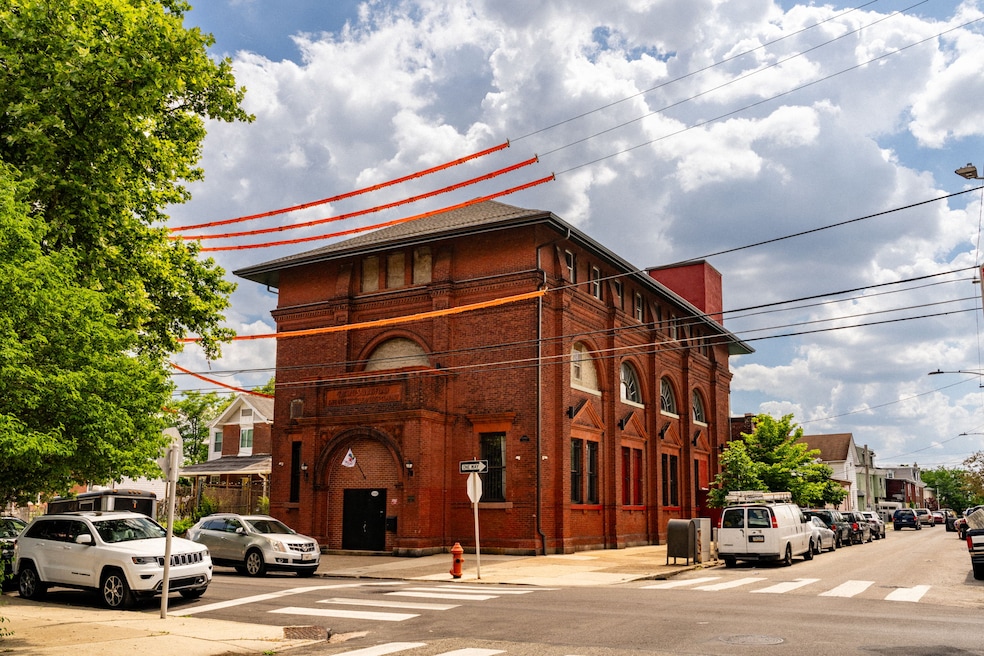The three-story property at 4900 Longshore Ave. in Philadelphia has had many lives.
It began in 1893 as a bank building for the now-defunct Tacony Saving Fund and Trust Co. on the first floor, with a community library on the second floor and a mason's lodge on the third. A vault, which measures roughly 40 square feet, is locked shut and the current owners have never been inside, Kristin McFeely, a Compass agent, told Homes.com. The new owners would need to hire a specialist to open the door to the space, which the listing agent said she believes is empty.
Sometime later, the building became headquarters for the Jack Costello Boxing Club and even a gymnastics school.
But no matter its purpose through the years, one thing remained constant about the structure, McFeely said.
"It's just such a cool building," she said.

These days, the building serves a dual purpose. The owners, who bought the property in 2016, have converted it into a three-bedroom, two-and-a-half-bathroom single-family home. The second floor serves as a de facto guest house for when family visits. The couple also outfitted the top floor as a recording studio where they produce music for local bands, McFeely said.
The space has become too much for the owners to maintain, and they're now looking to sell and downsize, McFeely said.
The home sits in the historic Tacony neighborhood of Philadelphia — which hugs the Delaware River near downtown. Residents of Tacony enjoy visiting the neighborhood's seven parks, including Christa Lewis Memorial and Disston. Homes in Tacony are typically brick structures with federal or Italianate architecture constructed at the turn of the last century all the way through the 1950s.

All told, the Longshore property features a basement, a freight elevator, two kitchens and three fireplaces across 9,300 square feet. Outside the building, a plaque is mounted on the brick facade commemorating when the space served as a bank and the name is on the front in bas-relief.
The building has Victorian architecture with elements of Renaissance Revival, according to the structure's nomination form to the Philadelphia Register of Historic Places. The building's architect, John Ord, also oversaw the design and construction of Philadelphia City Hall. At its peak, the Tacony Saving Fund and Trust played a major role in helping factory workers save money and purchase homes in the neighborhood.
Aside from its history, part of what makes the Longshore property special is that the new owners can use it as their business and home because of the property's zoning, McFeely said.
"Most of the people I have shown it to are people in the recording studio business, and they want to buy the building and use the first floor as a business," McFeely said, adding that a developer recently visited the property and mentioned plans to turn it into 10 condominium units.

Potential buyers who have seen the property appreciate something different about each floor, McFeely said. The third-floor studio is an "incredible" space that speaks for itself, while the first two floors have high, beamed ceilings and windows so big that "you don't even need to put the lights on," she said.
"Each time you walk to another floor, there's a big wow factor, honestly," she said.
